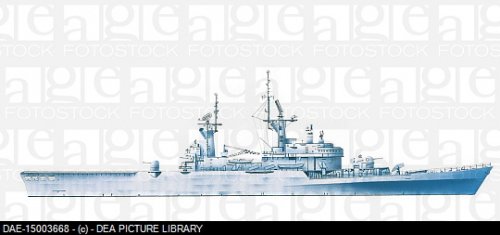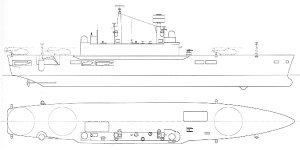- Joined
- 27 September 2006
- Messages
- 6,418
- Reaction score
- 6,827
JFC
I am sorry that I somehow overlooked this highly important posting but it links nicely with your latest posting on the NIGS ship thread.
1962 seems to have been a fascinating year in re-designing the RN's big surface projects. CVA -01 went from two CF 299 aft to one. Your material shows that the same happens to the Escort Cruiser design by 1963. The artists impression/sketch would be fantastic, but its absence explains why Friedman and Brown/Moore cannot do more than they have done.
By 1966 the SH3 Seaking is established as the Wessex ASW replacement. The saga of the ASW Chinook has I think been addressed on another thread.
Your posting on the NIGS thread explains the interest in a developed Type 82 as an ASW/Command platform.
The P1154 ship is a fascinating interlude but once the RN gets its Phantoms VSTOL does not re-emerge until the 1966 Working Party (or does it?).
This must have been a fascinating time to be working on RN ships, it is a shame that we do not have more personal records or memoirs to draw on.
I am sorry that I somehow overlooked this highly important posting but it links nicely with your latest posting on the NIGS ship thread.
1962 seems to have been a fascinating year in re-designing the RN's big surface projects. CVA -01 went from two CF 299 aft to one. Your material shows that the same happens to the Escort Cruiser design by 1963. The artists impression/sketch would be fantastic, but its absence explains why Friedman and Brown/Moore cannot do more than they have done.
By 1966 the SH3 Seaking is established as the Wessex ASW replacement. The saga of the ASW Chinook has I think been addressed on another thread.
Your posting on the NIGS thread explains the interest in a developed Type 82 as an ASW/Command platform.
The P1154 ship is a fascinating interlude but once the RN gets its Phantoms VSTOL does not re-emerge until the 1966 Working Party (or does it?).
This must have been a fascinating time to be working on RN ships, it is a shame that we do not have more personal records or memoirs to draw on.


